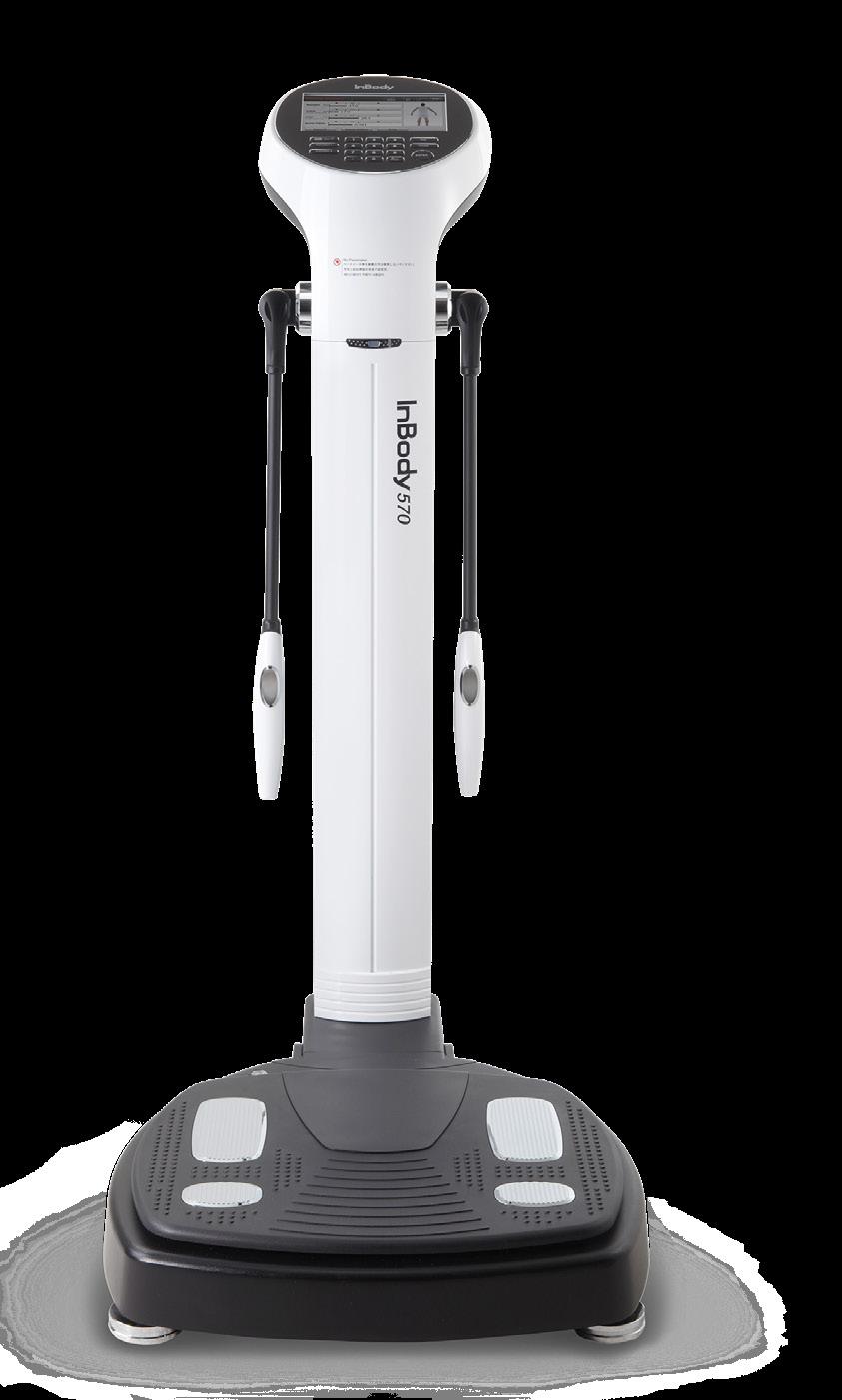
1 minute read
InBody Test ROI Summary
The InBody Result Sheet, if appropriately used, can be one of the most powerful tools to guide, train, the InBody Result Sheet, you need to become familiar with how it reports Packed into the InBody Result Sheet is the health and fitness information that anyone who deals with
Body Composition Analysis
Advertisement
Displays the weight of Total Body Water (Intracellular water (ICW) and extracellular water (ECW)), Dry Lean Mass, and Body Fat Mass. Body weight is the total of these three components.
Muscle-Fat Analysis
This section uses bar graphs to provide a comparison between weight, skeletal muscle mass, and body fat mass. The lengths of the bar graphs indicate the relationship between the current weight to the average value for that specific segment, based on the examinee’s height.
Obesity Analysis
In this section it displays both BMI and Percent Body Fat (PBF). PBF is a more accurate determination of your health because it compares your fat levels to your weight. Although outdated, BMI is included on the InBody Result Sheets because it is commonly used in scientific research.

The Segmental Lean Analysis

The Segmental Lean Analysis graph is an effective and informed assessment of lean mass distribution within the five segments of a user’s body. This helps professionals closely monitor changes and make adjustments as necessary.
ECW/TBW Analysis
Total body water is composed of intracellular water (ICW) and extracellular water (ECW). A healthy person’s ECW/TBW ratio is expected to fall between .360-.390. ECW/TBW Analysis can detect unusual shifts in the fluid distribution or changes in the ECW/ICW ratio.
Body Composition History
After an InBody Test is taken, results are saved onto the device and can be recalled if an ID is entered at the beginning of the test. The cumulative graph quickly shows changes in the examinee’s body composition and allows for dietary-exercise modifications.






